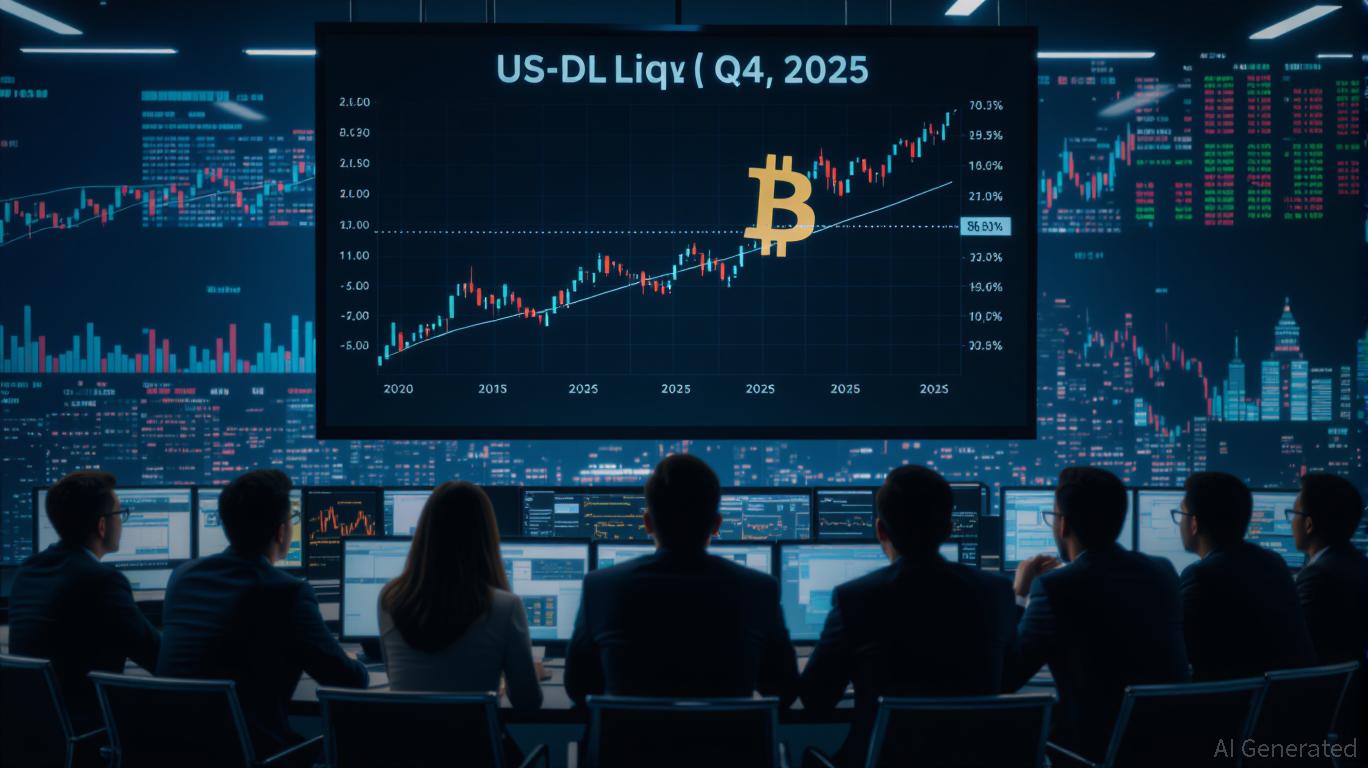US Mortgage Rates Drop to 6.19% in 2025
- US mortgage rates drop to 6.19% in 2025.
- Impact on refinancing and home buying.
- Broader economic implications unclear.
US mortgage rates have decreased to 6.19%, the lowest in 2025, according to Freddie Mac’s survey. Rates fell by nearly a full percentage point from earlier this year, spurring a rise in refinancing activity.
US mortgage rates have declined to 6.19% in 2025, reaching their lowest level since the beginning of the year, according to Freddie Mac .
Lower mortgage rates matter as they could incentivize refinancing and home purchases while signaling economic shifts.
Freddie Mac reported the mortgage rate drop to 6.19%, nearly a full percentage point below early 2025 levels. Sam Khater, Freddie Mac’s Chief Economist, highlighted the rise in refinancing activity, stating that it now constitutes over half of all mortgage transactions:
“At the start of 2025, the 30-year fixed-rate mortgage surpassed 7%, while today it hovers nearly a full percentage point lower. This dynamic has kept refinancings high, accounting for more than half of all mortgage activity for the sixth consecutive week.”
Jake Krimmel, Senior Economist at Realtor.com, also pointed out factors that could limit further rate decreases, such as budget deficits and inflation expectations.
The decrease in mortgage rates is encouraging both home buyers and refinancers. Nearly one in five homes has reduced its price, providing buyers with increased leverage. Despite the changes in rates, no direct effects on the cryptocurrency market were observed, although broader macroeconomic impacts could occur.
Traditionally, shifts in US interest rates influence market sentiment and can indirectly affect crypto assets like Bitcoin and Ethereum. Historically, reduced rates have led to risk appetite increases, affecting equities and crypto inflows, but no immediate changes were noted.
While no definitive regulatory or crypto market reactions have been recorded, analysts expect potential outcomes. Changes may include financial shifts, technological adaptations, or regulatory updates, but currently, no concrete movements have been confirmed.
Disclaimer: The content of this article solely reflects the author's opinion and does not represent the platform in any capacity. This article is not intended to serve as a reference for making investment decisions.
You may also like
The November 2025 Bitcoin Leverage Liquidation Event: Exposing Systemic Vulnerabilities in DeFi Lending and Margin Trading
- The 2025 Bitcoin leverage liquidation crisis exposed critical DeFi vulnerabilities, triggering $1.3B in liquidations and destabilizing protocols like Balancer and Stream Finance. - Exploits in stable pools and opaque Curator models caused $160M in frozen funds, with Euler facing $137M in bad debt after Stream Finance's xUSD collapse. - Experts warn of systemic risks as DeFi's interconnectedness amplifies failures, while solutions like RedStone's Credora aim to address real-time credit monitoring gaps. -

Bitcoin's Value Soars in November 2025: Key Macroeconomic Drivers and Growing Institutional Embrace
- Bitcoin's November 2025 surge was driven by U.S. government shutdown-induced liquidity shifts and institutional adoption of ETFs. - BlackRock's ASX Bitcoin ETF launch and JPMorgan's $343M IBIT holdings signaled growing institutional confidence in crypto. - Harvard's $100M ETF allocation and staking-based products like Bitwise's Solana ETF highlight systematic capital inflows into crypto. - Despite $578M ETF outflows in November, Bitcoin's correlation with liquidity (0.85) and global regulatory alignment

Modern Monetary Theory and Market Outlook for 2026: Does Bold Investment in Stocks and Emerging Economies Make Sense?
- Modern Monetary Theory (MMT) sparks debate in 2025 as governments expand fiscal spending amid inflation and AI-driven economic shifts. - Proponents argue deficit spending boosts growth, while critics warn of inflation risks and fiscal unsustainability as U.S. deficits hit $7 trillion. - Fed officials clash over policy: Hammack prioritizes inflation control, while Jefferson advocates patience as AI reshapes labor markets. - MMT-driven liquidity could lift emerging markets if Fed rates stay low, but sudden

The Emergence of Hyperliquid and What It Means for Retail Crypto Traders
- Hyperliquid dominates 73% of Q1 2025 crypto trading with its HyperBFT blockchain, 0.2-second block times, and transparent HLP liquidity pools. - The platform maintained 100% uptime during 2025's market crash, processing $10B in liquidations while Binance faced outages and refunds. - 21Shares filed an ETF for Hyperliquid's HYPE token (now 11th largest crypto at $12.6B), while $645M in buybacks boosted institutional confidence. - Hyperliquid captured 15% of Binance's volume via permissionless market creati
